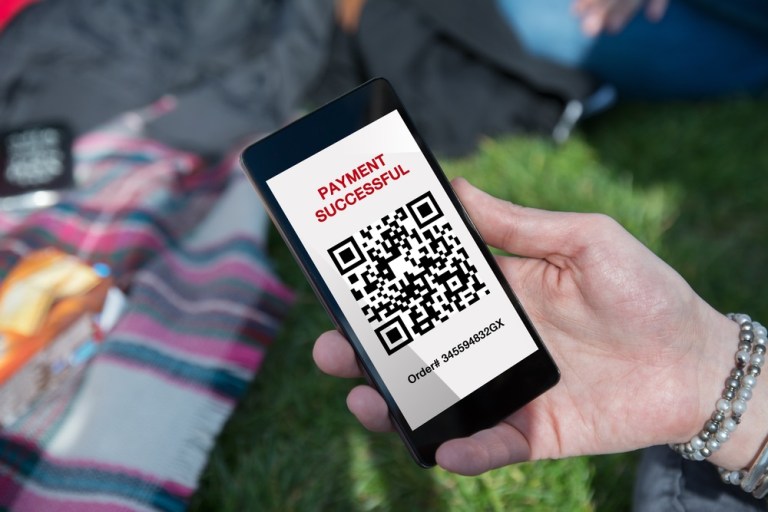In a press release, EMVCo said it “developed reproduction requirements and a free licensing structure to enable” everyone who uses “EMV QR Code solutions to use the mark.” The EMV QR Code Specifications was implemented last year to address two common QR Code payment use cases: consumer-presented, in which the consumer displays the QR Code on their mobile device and the merchant uses a scanner to read the code, and merchant-presented, in which the merchant displays the QR Code and the consumer uses their mobile device to scan the code.
EMVCo said the QR Payment Mark can inform consumers if a merchant accepts EMV QR Code for payments. The mark can also be used as an application indicator on a consumer’s mobile device, the company noted in the press release.
EMVCo Executive Committee Chair Jack Pan commented, “As momentum builds for leveraging emerging technologies, EMVCo is committed to facilitating worldwide acceptance and interoperability for EMV QR Code payments. The development of a uniform, recognizable QR Payment Mark, that can be used on a royalty-free basis, is an important step [toward] providing a universally-consistent experience for both merchants and consumers.”
In late July, EMVCo launched the two QR Code Payment Specifications supporting merchant-presented and consumer-presented QR Code use cases. In a press release at the time, EMVCo said the documents define QR Code payments in a way that simplifies development and could broaden global acceptance of QR Code mobile payment solutions.
Cheryl Mish, EMVCo board of managers chair, said in the news release, “With the increasing deployment of QR Code payment methods, it is important that the payments ecosystem provides a consistent experience for merchants and consumers. Given the early stage of deployment of this emerging payment technology and growing adoption, now is the time to ensure the technology’s potential is not constrained in the future due to interoperability issues with the established payment infrastructure.”
Advertisement: Scroll to Continue




